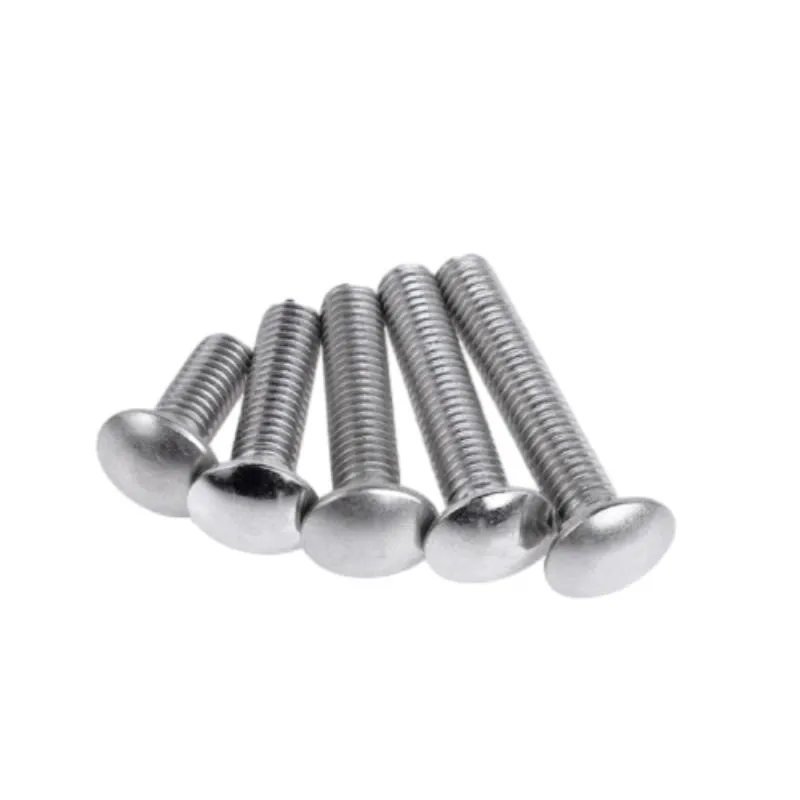aug. . 07, 2024 04:30 Back to list
Exploring the Benefits and Applications of 6mm Anchor Bolts in Construction Projects
Understanding 6mm Anchor Bolts A Comprehensive Overview
When it comes to construction and structural engineering, the choice of fasteners is crucial in ensuring the integrity and stability of structures. Among various types of fasteners, anchor bolts play a significant role in securing foundations and various structures to concrete. A particularly interesting variant is the 6mm anchor bolt. While seemingly small, its application and importance cannot be overlooked.
Definition and Purpose
Anchor bolts are sturdy devices used to attach structural elements to concrete. They are embedded in the concrete or fixed within pre-drilled holes. The 6mm anchor bolt, characterized by its diameter, is often used for smaller applications, including light fixtures, railings, and non-structural elements. Its small size allows for precision fastening, making it an ideal choice for various residential and commercial projects where larger bolts might be unnecessary or inhibit design aesthetics.
Materials and Strengths
Typically, 6mm anchor bolts are made from materials like stainless steel, carbon steel, or galvanized steel. The choice of material is generally determined by the environment in which the bolt is used. For example, stainless steel is ideal for coastal areas where corrosion from saltwater is a concern, while galvanized steel can provide adequate protection against rust in less corrosive environments. The strength of the bolt is also a critical consideration. Depending on the specific grade of steel used, a 6mm anchor bolt can withstand a considerable amount of tensile and shear stress, making it suitable for various load-bearing scenarios.
Installation Techniques
Installing a 6mm anchor bolt requires careful planning and execution. Proper placement is key to ensuring the connection between the bolt and the concrete is secure. There are typically three methods of installation cast-in-place, post-installed mechanical anchoring, and adhesive anchoring.
6mm anchor bolt

1. Cast-in Place This method involves placing the anchor bolt in the concrete form before it is poured. This technique ensures that the bolt is fully encased within the concrete, providing a strong and secure hold once the concrete sets.
2. Post-installed Mechanical Anchoring This technique involves drilling a hole into cured concrete and then inserting the bolt with a mechanical anchor. This method is highly effective for retrofitting or repairs.
3. Adhesive Anchoring In this technique, a resin or adhesive is used to bond the anchor bolt within a drilled hole in the concrete. This method enhances the bonding strength and is often preferred for applications requiring higher load capacity.
Applications
6mm anchor bolts are utilized in a wide range of applications. In residential construction, they can secure items like handrails, fences, and light posts. In commercial settings, they may be used to anchor machinery, HVAC systems, or shelving units. Their small size and versatility also make them suitable for use in more intricate designs, such as in arts and crafts or decorative installations where larger bolts would compromise the aesthetics.
Conclusion
In conclusion, while often overlooked, the 6mm anchor bolt is a vital component in the field of construction and structural integrity. Its small size, strong material options, and various installation techniques make it incredibly versatile for numerous applications. Whether you are a DIY enthusiast or a professional contractor, understanding the function and proper use of 6mm anchor bolts can greatly enhance the safety and reliability of your projects. Investing time in selecting the right anchor bolt can lead to long-lasting results and peace of mind.


